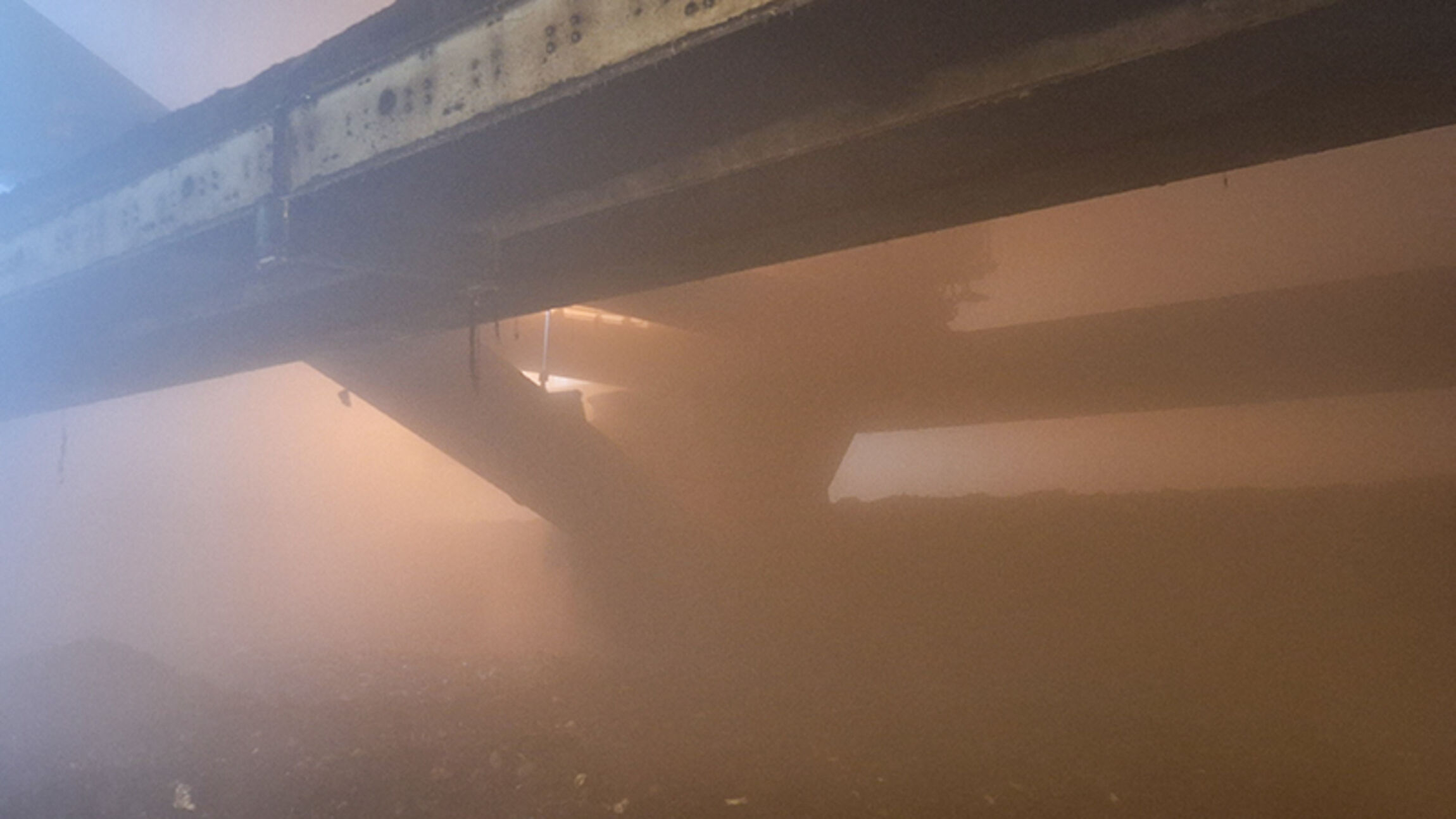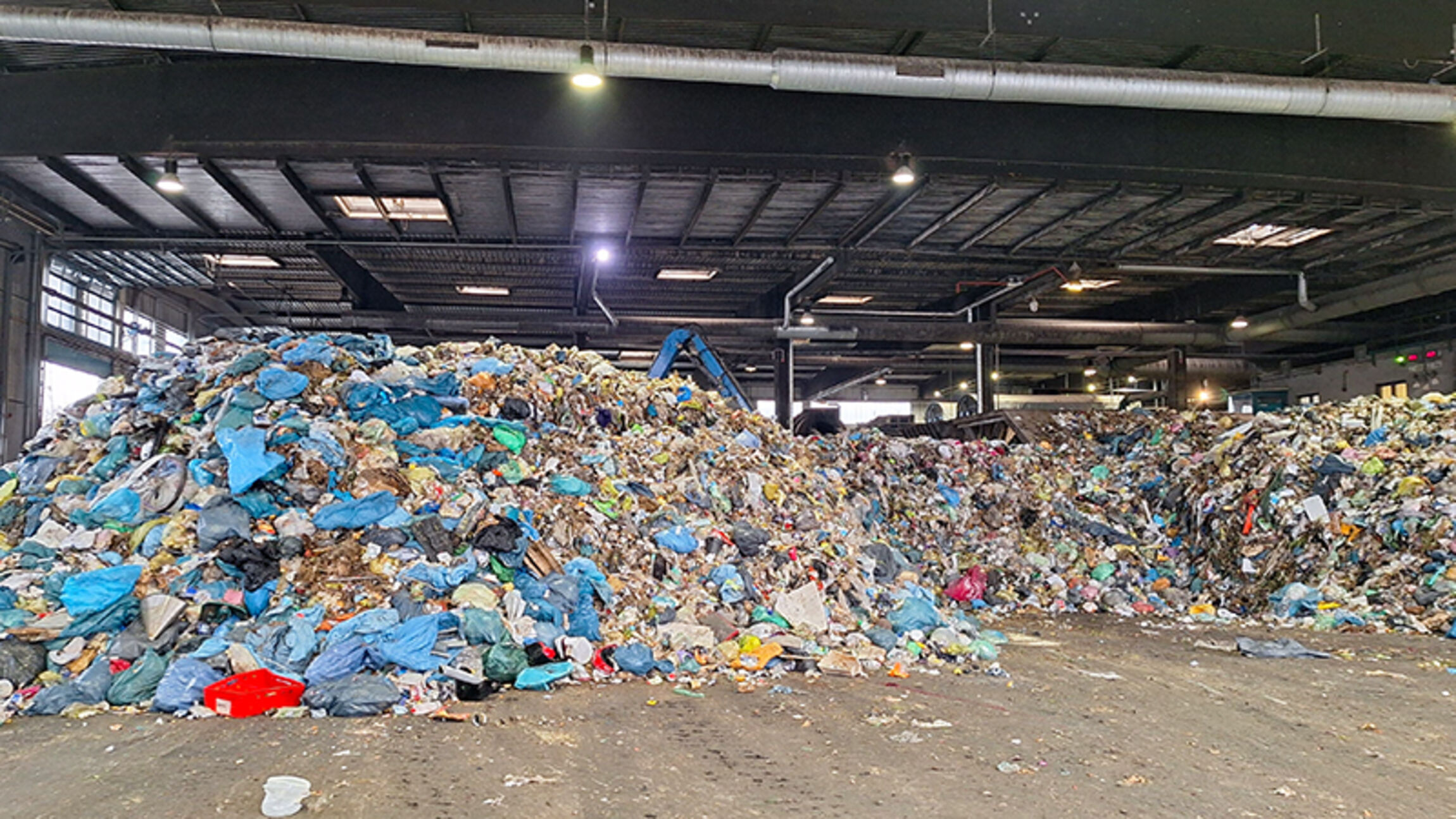Exkursion nach Hannover-Lahe, 5. März 2024
Given the importance of waste management for a clean environment, its important role in achieving the UN Sustainable Development Goals (SDGs) and the interest of international students in the process of waste management, STUBE Niedersachsen led an excursion to the waste treatment centre in Hannover-Lahe on 5 March 2024. The visit there was organised by Andreas Kurschat (in charge of STUBE Niedersachsen at the KED) and Maureen von Dassel (in charge of development-related educational work at the KED).
The aim of the excursion was to practically understand how a large amount of garbage can be disposed of, how different types of waste are collected and treated. An employee of the Waste Management Association of the Hannover Region (aha) showed the participants all the areas in which waste is sorted and processed, with the focus on the mechanical-biological plant for residual waste, the composting plant for organic waste and the composting plant for green waste. A long and insightful discussion about waste management in Hannover-Lahe developed.



